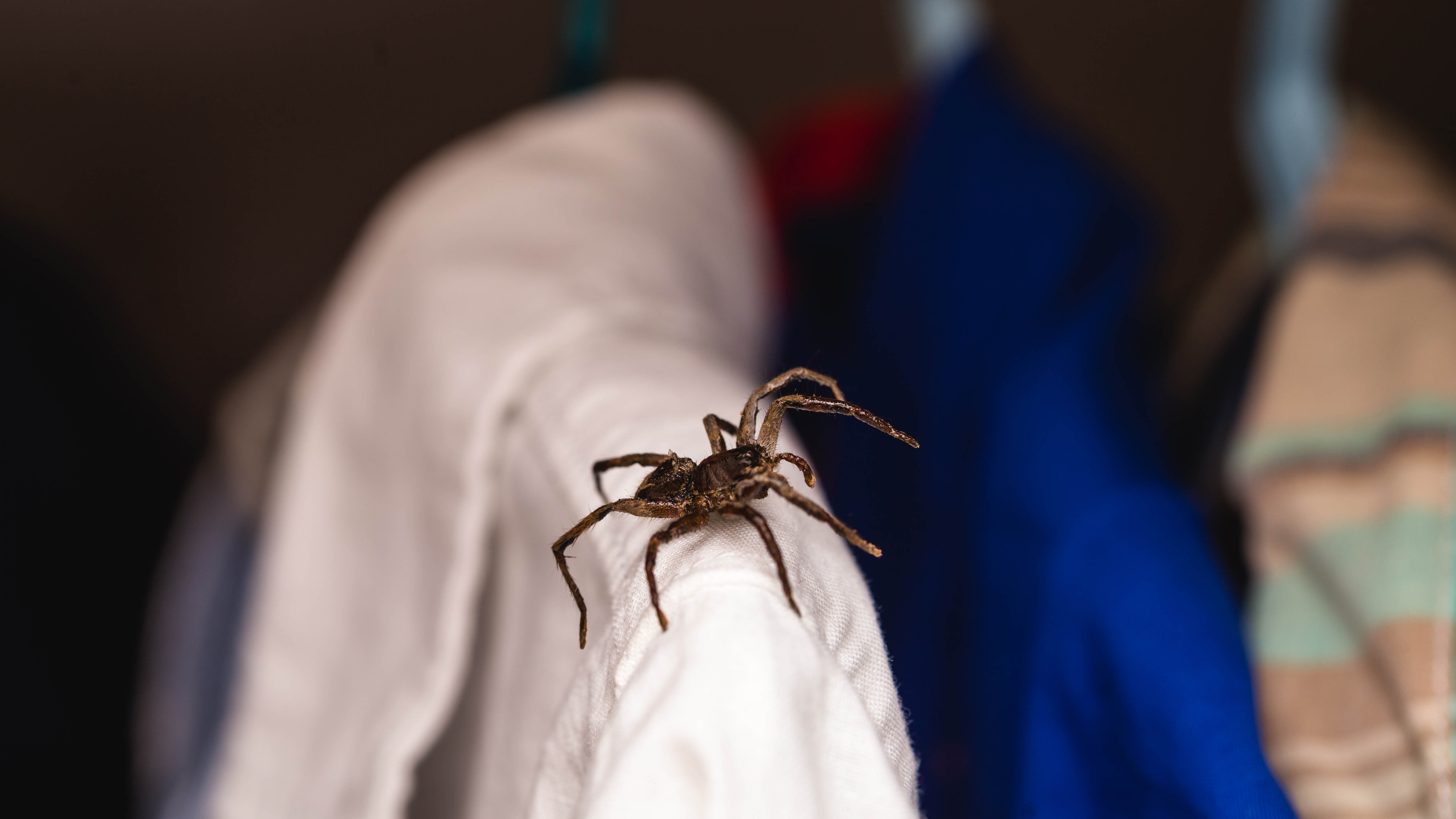
With fall comes spider season, bringing those unwelcome eight-legged visitors searching for warm indoor hideouts. While most household spiders are harmless, few people want them as roommates during the colder months ahead.
Chemical sprays might seem like the obvious solution, but they’re often unnecessary and potentially harmful around pets and children. Natural deterrents prove just as effective at keeping spiders away while using ingredients you likely already have at home.
The key lies in understanding what spiders hate most. These five methods target spider behavior patterns to create an inhospitable environment that sends them looking elsewhere for shelter.
1. Seal gaps around doors, windows, and vents
Inspect your home for small openings where spiders can enter and use caulk to seal gaps around window frames, door frames, and baseboards. Even tiny cracks provide easy access for determined arachnids.
When it comes to vents and unused fireplaces, consider installing mesh screens to eliminate common entry points. Pay special attention to kitchens, bathrooms, and attics where moisture levels make attractive spider habitats.
Add door sweeps or excluder strips under exterior doors to close the gap between the door and threshold. This simple DIY task creates a permanent barrier that requires no ongoing maintenance or reapplication.
2. Create peppermint oil spray for problem areas
If you have pets it’s really important to avoid this method, as peppermint oil can be toxic to cats and dogs.
Mix 20 drops of peppermint essential oil with water in a spray bottle and apply to corners, windowsills, and other areas where you’ve spotted spider activity. The strong scent overwhelms spiders’ sensitive leg receptors.
To maintain the deterrent effect, spray entry points like door frames and window areas weekly tThe oil scent fades over time, so regular reapplication ensures continued protection.
Make sure to test the spray on inconspicuous areas first to ensure it won’t stain fabrics or surfaces.
3. Use white vinegar as a surface deterrent
Create a 50/50 mixture of white vinegar and water and spray it on surfaces where spiders commonly travel. The acetic acid in vinegar creates an unpleasant environment that spiders actively avoid.
Focus on windows, kitchen counters, and entry areas where spiders are most likely to encounter the treated surfaces. The vinegar smell dissipates quickly for humans but lingers longer for spiders’ sensitive detection systems.
To maintain effectiveness, reapply weekly or after cleaning White vinegar won’t harm pets or children and doubles as a general cleaning solution for these same surfaces.
4. Maintain spotless corners and reduce clutter
Regular cleaning disrupts spider establishment before populations can grow. Vacuum corners, windowsills, and ceiling edges weekly to remove existing webs and eliminate the insects that attract hungry spiders.
Remove boxes, papers, and stored items from floors, especially in basements, garages, and closets where spiders prefer to hide. Clutter provides perfect hiding spots and makes detection more difficult.
Since food crumbs attract other insects that serve as spider prey, keep kitchen surfaces clean after each use. Eliminating the food chain removes the primary reason spiders enter homes in the first place.
5. Sprinkle ground orange peel
This method works particularly well in areas where sprays might damage surfaces or where you prefer a dry application method. The strong citrus scent acts as a natural repellent while being completely safe around children and pets.
Save your orange peels and dry them for several days until they become brittle and easily breakable. Then grind the dried peels into fine powder. And simply sprinkle this citrus powder in corners of rooms where you’ve seen spider activity.
Because the scent will fade over time, refresh the powder monthly during spider season.
Follow Tom’s Guide on Google News and add us as a preferred source to get our up-to-date news, analysis, and reviews in your feeds. Make sure to click the Follow button!
More from Tom’s Guide



